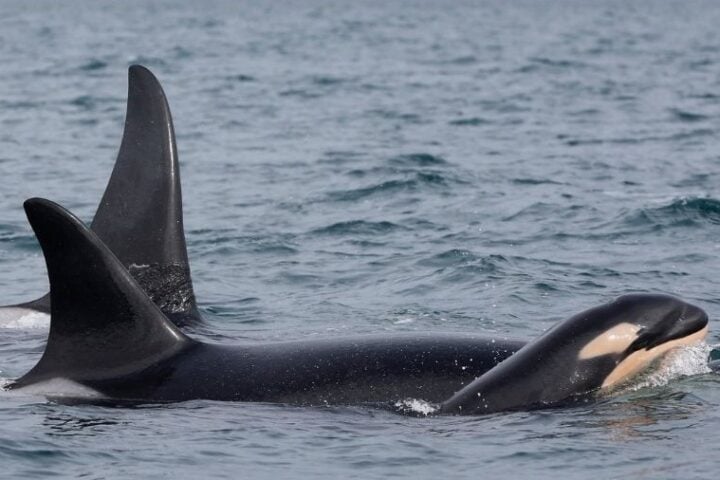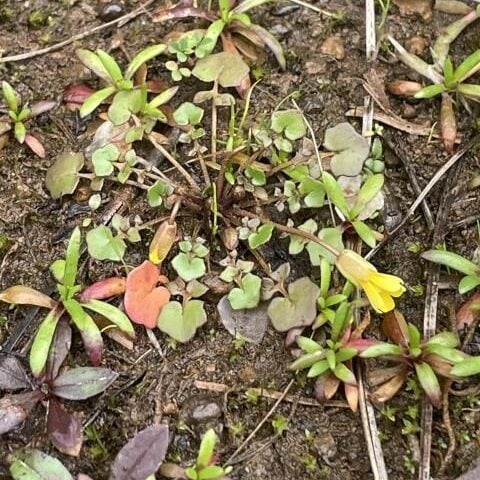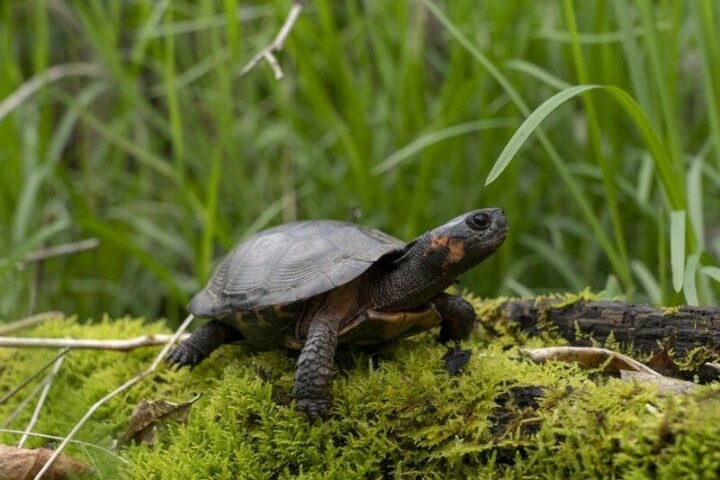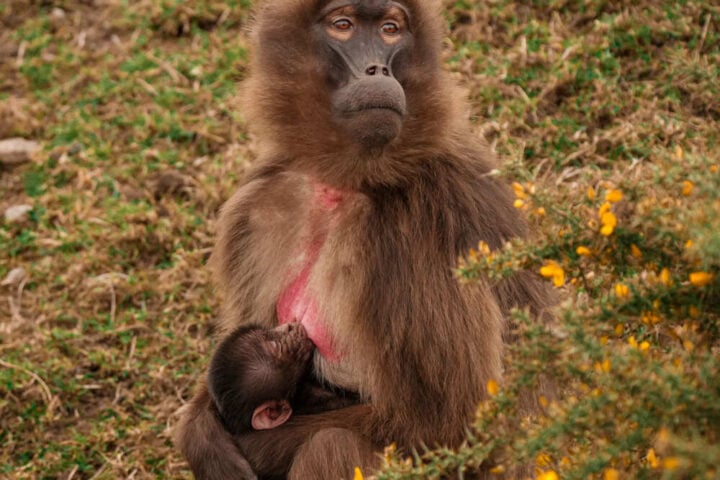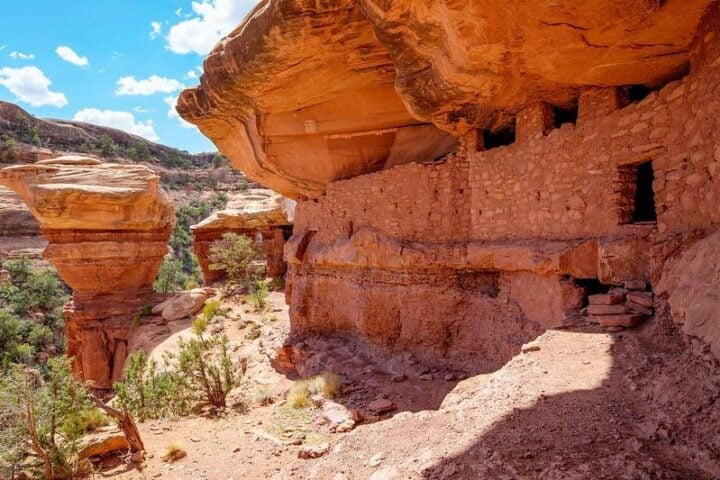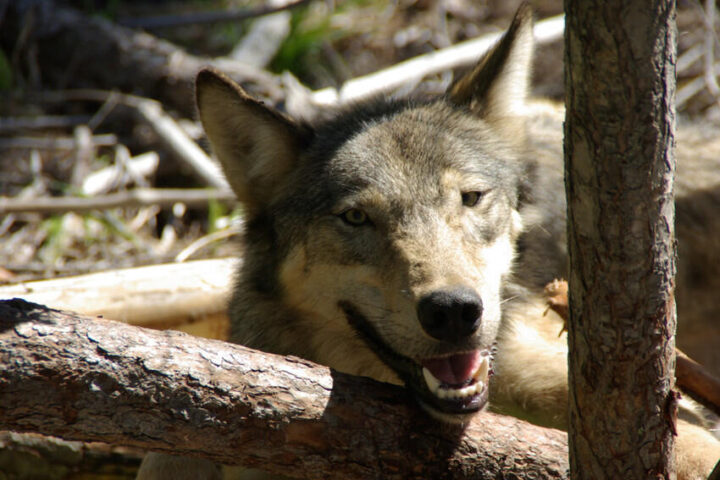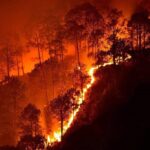As the world braces for the effects of a mass extinction induced by climate change, we remain at a pivotal juncture. On October 24, 2023, a ray of hope emerged as 11 nations from Asia and South America united in Bogotá, pledging to shield our six remaining river dolphins from vanishing into the abyss. These aquatic sentinels, gracing rivers from the Amazon to the Ganges, are battling a tide of challenges: overfishing, pollution, and habitat fragmentation, to name a few.
Since the 1980s, their numbers have plunged by a heart-wrenching 73%. The Amazon’s Lake Tefé recently bore witness to this crisis, with over 150 river dolphins succumbing to the intensified drought. But the Global Declaration for River Dolphins, adopted by nations spanning from Colombia to India, is our lifeline. It’s a clarion call to halt this decline, bolster vulnerable populations, and champion the health of these vital waterways.
Stuart Orr, a voice from WWF, shared, “This historic declaration creates a roadmap for the recovery of river dolphin populations across the globe – offering real hope for the survival of these iconic species despite the enormous threats they face.” He emphasized the ripple effect of this cause, highlighting that rejuvenating these habitats benefits communities, economies, and diverse ecosystems.
Our river dolphins, the heartbeat of rivers like the Amazon, Orinoco, Ganges, and Yangtze, are more than just aquatic wonders. They’re indicators of environmental health, reflecting the vitality of their habitats. Mariana Paschoalini Frias from WWF-Brazil echoed this sentiment, emphasizing the dolphins’ role as environmental barometers. “River dolphins are considered ‘sentinels’. In other words: they are indicative of the health of the environment where they live. What happens to them is reflected in the other species that live around them, including humans,” she noted.
Similar Posts
Recent events in Lake Tefé have amplified the urgency of our mission. As droughts intensified and waters warmed, 153 river dolphins met a tragic end. Beyond this loss, local communities face a surge in fish mortality, affecting their food security and livelihoods. The water’s rising temperature, nearing 40°C, is a stark deviation from its usual 32°C, likely inducing thermal stress in our aquatic friends.
Miriam Marmontel, an oceanographer, highlighted this temperature anomaly, suggesting its potential role in the recent dolphin deaths. While preliminary findings haven’t pinpointed toxins from alga Euglena sanguinea as culprits, ongoing analyses aim to shed light on this mystery.
In response, barriers are being erected in Lake Tefé’s critical zones, guiding dolphins to cooler depths. WWF-Brazil, partnering with the Mamirauá Institute for Sustainable Development, spearheads this rescue mission, providing essential supplies and support.
The Amazon River, a treasure trove of biodiversity, is home to the world’s richest freshwater fish population, boasting around 3,000 species. The Mekong follows suit with over 1,000 species. The Global Declaration for River Dolphins, supported by conservation giants like IUCN and the World Bank, encompasses eight pillars, from creating sanctuaries to eradicating harmful fishing practices.
In essence, our mission should be clear: champion a brighter future for river dolphins, the rivers they grace, and the communities intertwined with these waterways. Let’s dive in, for every ripple we create today shapes the waves of tomorrow.


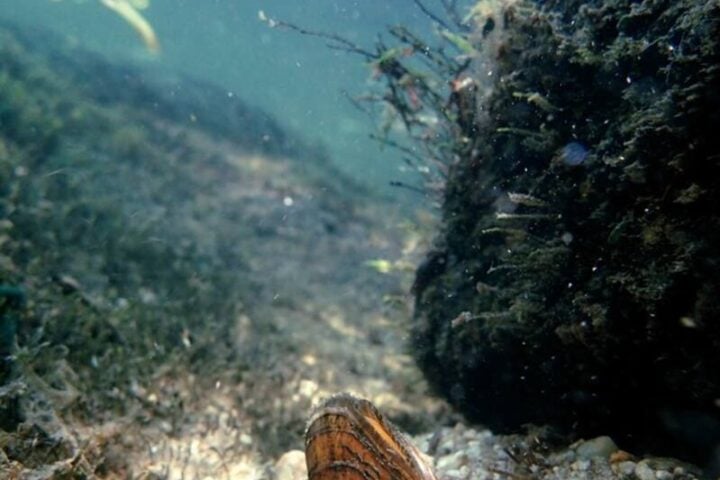




![Representative Image: European Starling [49/366]. Photo Source: Tim Sackton (CC BY-SA 2.0)](https://www.karmactive.com/wp-content/uploads/2025/04/Starlings-Drop-82-in-UK-Gardens-as-Birdwatch-2025-Reveals-Record-Low-Count-Since-1979-720x480.jpg)

